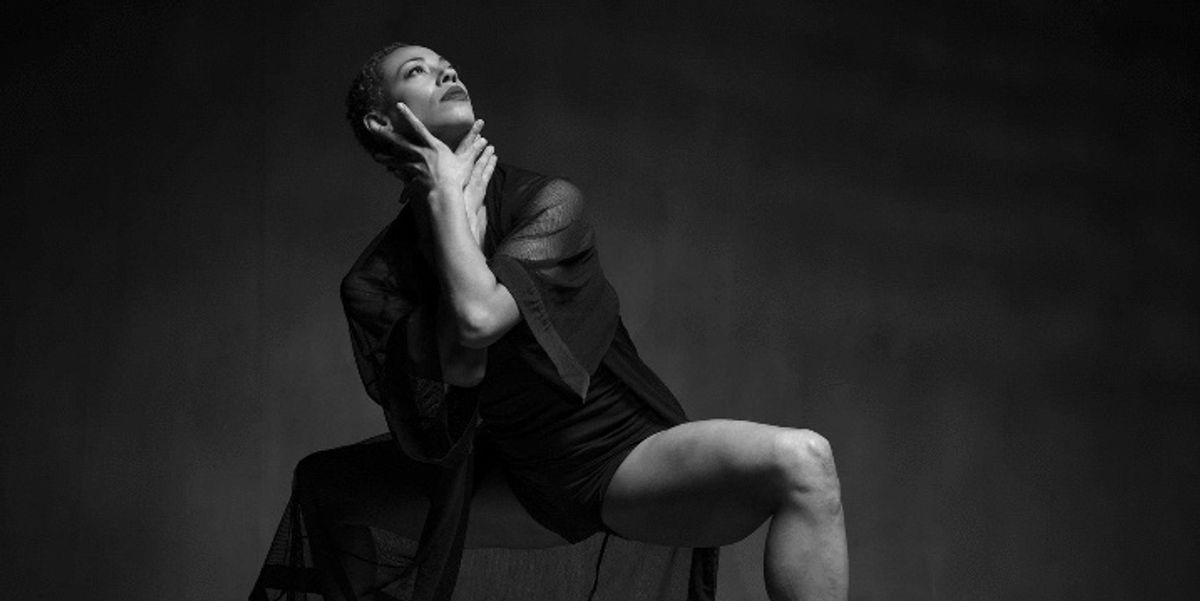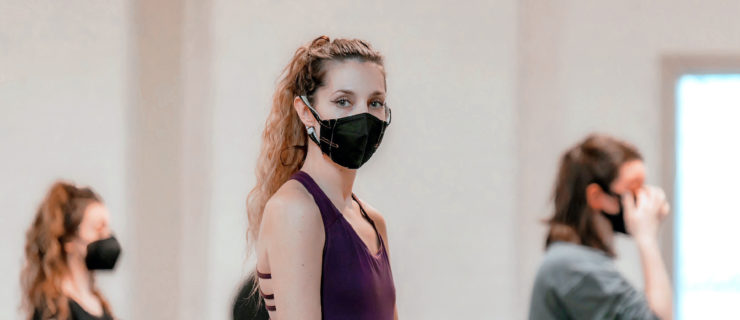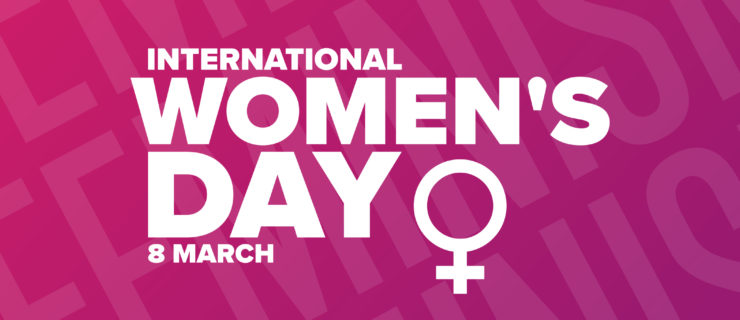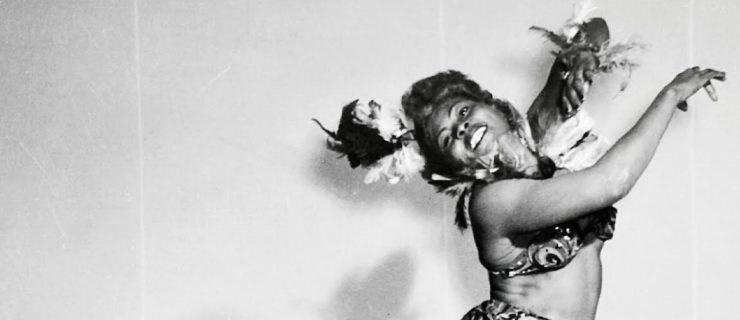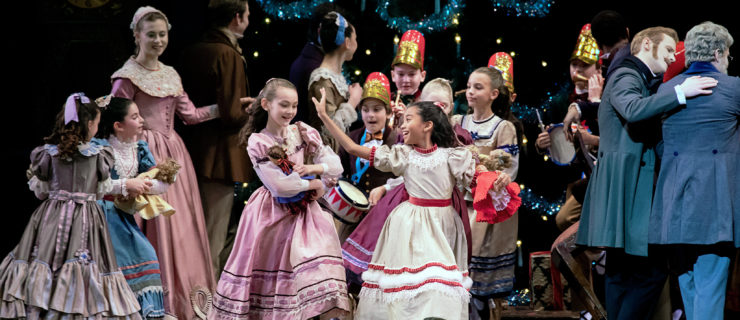5 Black Women on the Obstacles of Dancing While Black
Civil rights leader Malcom X famously said that “the most disrespected person in America is the Black woman.” Decades later, those words still resonate. And the dance world isn’t immune to subjecting Black women to unfair treatment. After all, it wasn’t until this year—and after mounting pressure from online petitions—that many major dancewear brands pledged to make tights and pointe shoes in hues that match the complexions of Black women.
But other, more insidious issues continue to obstruct progress for Black women in the dance world. Dance Spirit spoke with five Black women about the obstacles they’ve faced as professional dancers.
Facing Microagressions
Tap dancer Maud Arnold, who’s a member of the popular tap troupe Syncopated Ladies, says she’s felt the effects of being treated differently as a Black woman throughout her career. “In my experience, being a Black woman in spaces that are not run or controlled by Black women can be extremely hostile and condescending,” she says. “In addition to being a dancer, I also produce large-scale dance events. Yet I have walked into hotels where I am renting ballrooms and theaters, where I am executive-producing the show, and been asked, ‘Where’s the boss?’ or ‘You know you need a team to do this, right?’ or ‘We anticipate you might sell 50 percent of the tickets,’ ” Arnold recalls. (And for the record, the event ended up selling out.)
Such microaggressions—comments or remarks that reveal stigma towards historically marginalized groups—range from subtle innuendos to harsh judgments. “I was told to consider limiting my expectations, and instead aim to get into a small or semiprofessional company,” Erica Lall says, who’s currently a dancer with American Ballet Theatre. “I had to learn to progress mostly by applying the instructions and corrections that my classmates and colleagues received because I was often overlooked.”
Jacqueline Green, a principal dancer at Alvin Ailey American Dance Theater, says she also experienced microaggressions as a young dancer, most notably when she trained at prestigious summer programs. “Not only did some of the young dancers I trained with participate in reminding me of my Blackness by giving me backhanded compliments like ‘You’re, like, really good,’ but some of my teachers also had similar reactions to my level of talent and skill,” Green says. “Not all of these responses were malicious or meant to single me out, but for a 13-year-old girl, it was a wake-up call. Ballet wasn’t a field yet familiar or comfortable with the presence of the Black body, and, unfortunately, it still isn’t quite there.”

Jacqueline Green (Richard Calmes, courtesy Green)
Lack of Opportunities
For Black women, the hard part about navigating the dance world isn’t just getting the job—it’s finding one. Broadway veteran Monique Smith says there simply aren’t many musical theater tracks created for Black women, which translates to fewer opportunities for employment. “When white female dancers have a chance to receive one out of four possible tracks in a show, there is usually only one possible track for the Black female dancer,” Smith says.
Keisha Hughes, a commercial dance artist who’s worked with some of the biggest names in music, including Cardi B, Nicki Minaj, and Lil’ Kim, says colorism comes into play in casting, with some creative teams favoring lighter skin tones over darker ones. “Casting directors and artists are still looking for ethnically ambiguous women because that is what they think will be best received by the world,” she says. “They refuse to switch that formula up.”
Culture Shaming
Because Black women tend to have different hair textures, physical builds, and cultural experiences than their white counterparts’, they are often made to feel unfit for the dance world. And many of its microcosms, like the ballet community, uphold whiteness as the standard. “I’ve been called ‘the dark one’ and been told I had bulging muscles everywhere, when I never really had bulging muscles,” Lall says. “I just had a perkier booty that was more prominent than those of my other classmates.”
Arnold recalls being singled out for her hair at several auditions. “One panelist asked me, ‘Can your hair do anything else?’ I have always worn my hair naturally, wild and curly, but that was before the natural-hair movement,” Arnold says. “Since many people on the other side of the table do not look like me or have friends who look like me, they do not understand the possibilities of my hair.”

Maud Arnold (Lee Gumbs, courtesy Arnold)
Powering Forward
Being a Black woman in the dance world poses many unique challenges. But the five women we interviewed have persevered through it all, and agree that believing in yourself is the key to accomplishing your goals. “No industry is perfect, and you may experience some things that feel wrong or questionable,” Green says. “But keep going with what you know is right. There’s a place to dance for everyone, and if you don’t find one, maybe you need to create it.”
